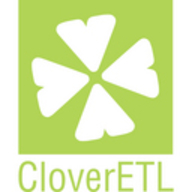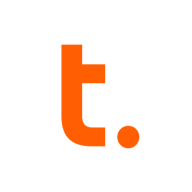

Teradata and CloverETL are data management solutions competing in handling data volumes and integration flexibility. Teradata seems to have the upper hand with its high-volume data handling and advanced analytics capabilities, whereas CloverETL is favored for its flexible integration and lower setup complexity.
Features: Teradata offers robust scalability, comprehensive analytics tools, and is ideal for large datasets. CloverETL provides adaptable data integration across platforms, customizable data transformations, and integration flexibility.
Ease of Deployment and Customer Service: Teradata has a complex deployment process but benefits from extensive customer support. CloverETL is easier to deploy with a simpler installation process and has accessible customer service.
Pricing and ROI: Teradata requires a higher initial setup investment but offers potential substantial ROI. CloverETL has lower setup costs, making it attractive for budget-friendly solutions with a quicker path to ROI. Teradata's pricing is higher, but CloverETL offers cost-effective solutions.

Teradata is a scalable data analytics platform designed to meet enterprise demands for large-scale data management and processing, focusing on performance, scalability, and security for complex query executions.
As a leading data warehousing solution, Teradata integrates advanced analytics enabling organizations to derive insights from massive datasets. It supports high-volume data workloads with its architecture optimized for analytical queries. Users benefit from its robust scalability, allowing seamless expansion as data grows. Teradata's SQL engine is compatible with a wide range of data types, ensuring flexibility in data analysis. With advanced security measures, it protects sensitive data across various environments, providing peace of mind to users handling critical information.
What are the most important features of Teradata?Teradata is widely used in industries like finance, telecommunications, and healthcare, where data-driven decisions are critical. Companies leverage its robust analytics capabilities to enhance customer experiences, streamline operations, and ensure compliance with regulatory requirements. In these sectors, quick access to data insights can significantly impact competitive advantage.
We monitor all Data Integration reviews to prevent fraudulent reviews and keep review quality high. We do not post reviews by company employees or direct competitors. We validate each review for authenticity via cross-reference with LinkedIn, and personal follow-up with the reviewer when necessary.